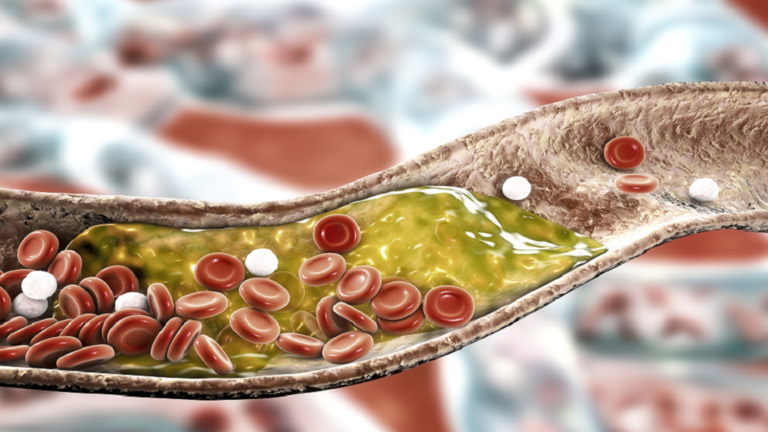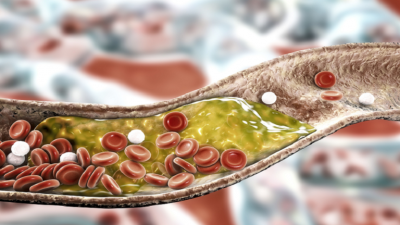High cholesterol is often described as the "silent killer" because it rarely produces symptoms. The accumulation of cholesterol can cause atherosclerosis in the arms and legs, which may eventually lead to symptoms. The condition of atherosclerosis in the arms and legs is called peripheral artery disease (PAD). According to the Cardiovascular Laboratories of America (CLA), the "first sign" of developing peripheral artery disease is painful cramping in the hip, thigh, or calf muscles after certain activities. According to CLA, even low-intensity activities like walking or climbing stairs can trigger this painful cramping. Dr. Sanjay Wagle from CLA stated that it is wise to pay attention to this warning sign. He said, “Our body is incredibly intelligent. We need to listen to our legs. If you experience leg pain when walking but it improves when you rest, you need to have a conversation with your doctor. If your leg feels heavy, that is a serious warning sign.” The painful cramping is often referred to as "Charlie horse," typically occurring in the leg.
Other signs of peripheral artery disease include:
- Coldness in the lower leg or foot, especially when compared to the other side.
- Numbness or weakness in the leg.
- No pulse or weak pulse in the legs or feet.
- Painful cramps in one or all of the hips, thighs, or calf muscles after certain activities, like walking or climbing stairs.
- Shiny skin on the legs.
- Changes in skin color on the legs.
- Slower growth of toenails.
- Non-healing sores.
- Pain when using the arms, such as aching and cramping while knitting, writing, or performing other manual tasks.
- Erectile dysfunction in men.
- Hair loss or slower hair growth on the legs.




